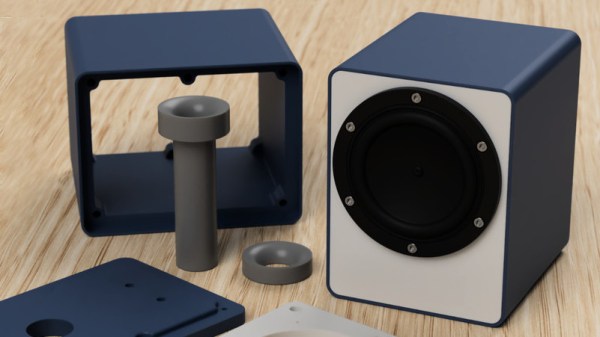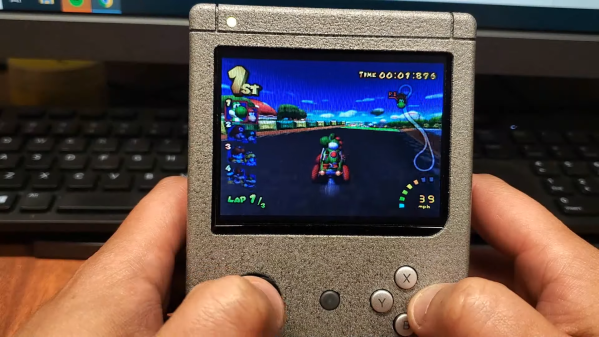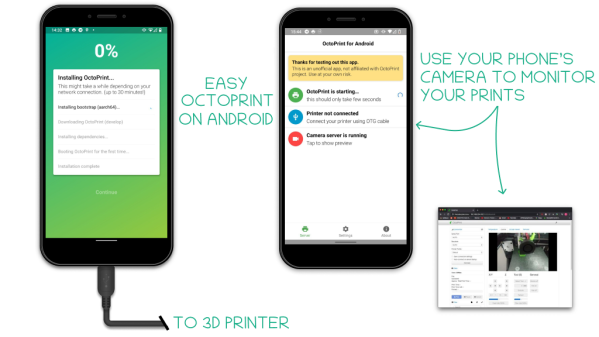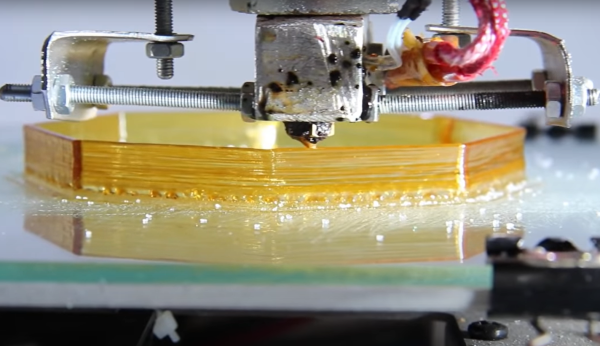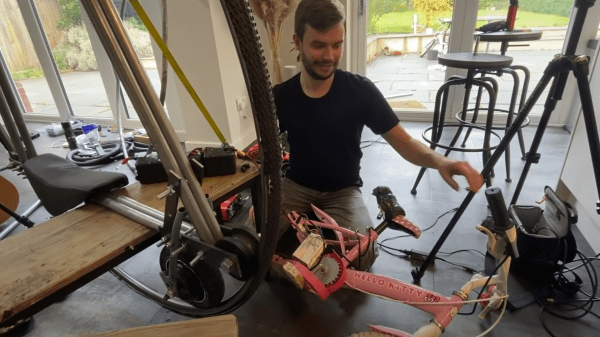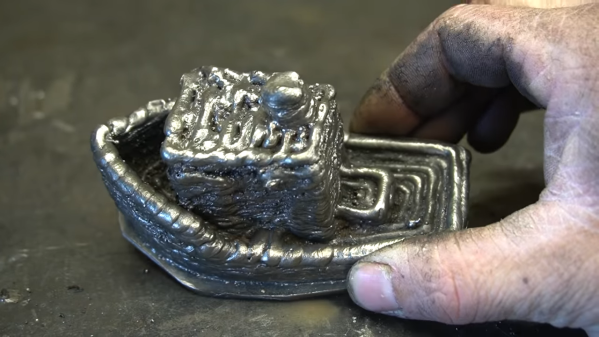Having the right speaker enclosure can make a big difference to sound quality, so it’s no surprise that customizable ones are a common project for those who treat sound seriously. In that vein, [zx82net]’s Universal Speaker Box aims to give one everything they need to craft the perfect enclosure.
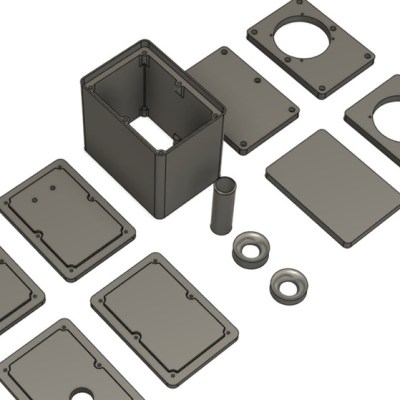 The parts can be 3D-printed, but the design ensures that the front and back panels are flat, so one can use wood or some other material for those depending on preference and appearance. The assembly is screwed together using six M3 bolts per side with optional heat-set inserts, but it’s entirely possible to simply glue the unit together if preferred.
The parts can be 3D-printed, but the design ensures that the front and back panels are flat, so one can use wood or some other material for those depending on preference and appearance. The assembly is screwed together using six M3 bolts per side with optional heat-set inserts, but it’s entirely possible to simply glue the unit together if preferred.
One thing that makes this design a bit more broadly useful is that [zx82net] not only provides the parametric design file for Fusion360, but also includes STEP format CAD files, and a small number of pre-configured assemblies for a few commonly available speaker drivers: the Dayton Audio DMA70-4, ND91-4, and the TCP115-4. Not enough for you? Check out [zx82net]’s collection of ready-to-rock enclosures in a variety of designs and configurations; there’s bound to be something to appeal to just about anyone.
[via Reddit]

